The spectacular blooming Garlic Vine (Mansoa alliacea (DC.) A.H. Gentry 1980) got its name, as crushed leaves of the tropical climber smell like garlic. The garlic vine can reach a length up to about 10 meters, but isn´t a unruly plant like some other vines and creepers, which overrun other plants. The evergreen garlic vines are blooming twice a year in Autum and Spring. Flower clusters show 3 differnt colours, like the Rangoon Creeper (Quisqualis indica) or Yesterday, Today, Tomorrow (Brunfelsia australis). New garlic vine flowers have a purple color and when they grow older the change to lavender and next white. The garlic vine is native to Central- and South America, where the tropical plant is deemed as a lucky plant to help get rid of bad luck and should bring hunting success. Leaves of this stunning tropical vine are edible and used as a substitute for garlic. The entire plant is used in nature medicine as a treatment for colds, flu, fever, arthritic and rheumatic pain and smokers cough. Crushed garlic vine leaves are also considered as an effective mosquito repellent.
As flowers occur on new growth, this tropical vine should be carefully trimmed after the flowering season. As we have a garlic vine in our garden, one of my kids pruned the plant radically, so we didn´t get any flowers for about one year. The taxonomy for this plant is confusing, as the garlic vine got at least 3 accepted names: Mansoa alliacea (DC.) A.H. Gentry 1980, Pachyptera hymenaea (DC.) A.H. Gentry 1973 and Pseudocalymma hymenaeum (DC.) Sandwith 1937. In my understanding, the botanical name Pseudocalymma hymenaeum is grammatically wrong and should be hymenaea.
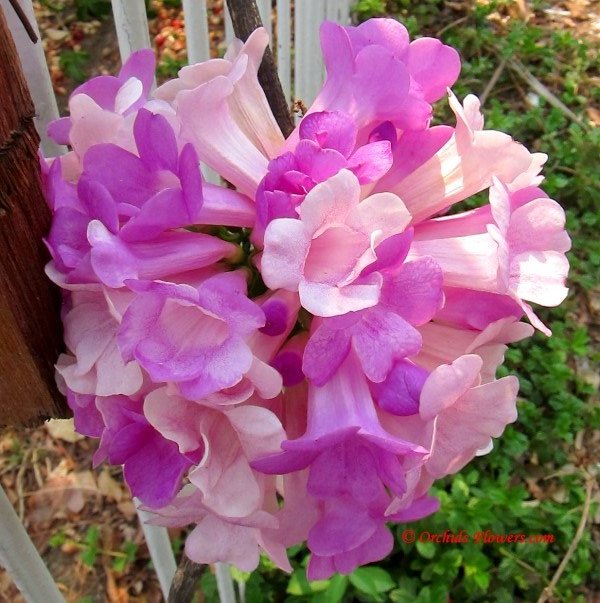
© Orchids Flowers.com
Image: Garlic Vine (Mansoa alliacea)
© Orchids Flowers.com
Image: Garlic Vine (Mansoa alliacea)
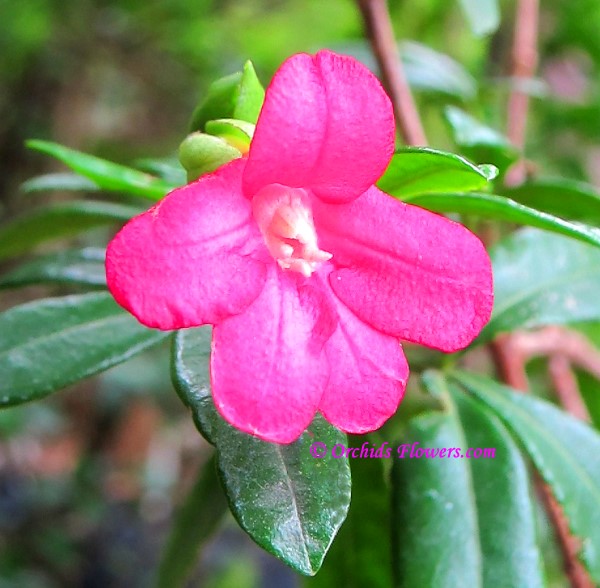 Lemonia (Ravenia spectabilis)
Lemonia (Ravenia spectabilis)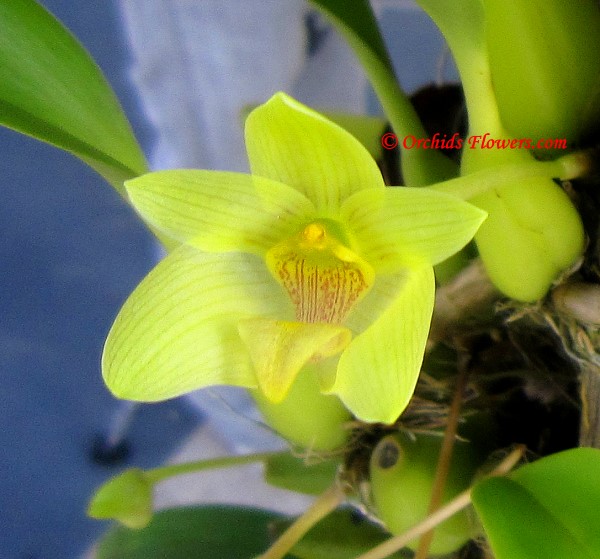 Bulbophyllum orectopetalum
Bulbophyllum orectopetalum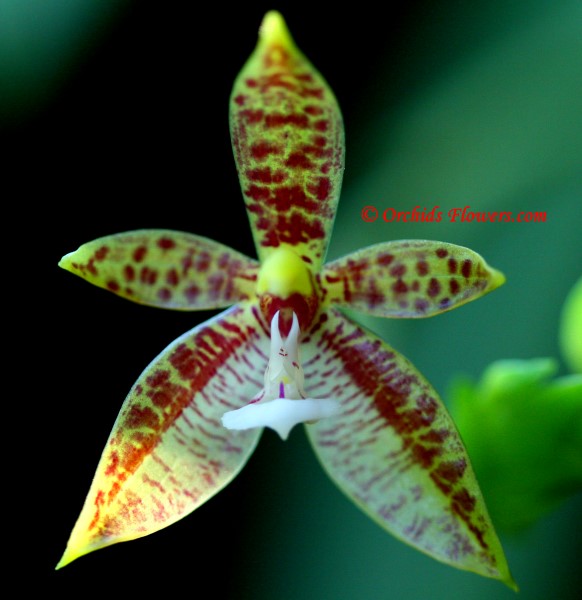 Phalaenopsis cornu-cervi Blume & Rchb. f. 1860
Phalaenopsis cornu-cervi Blume & Rchb. f. 1860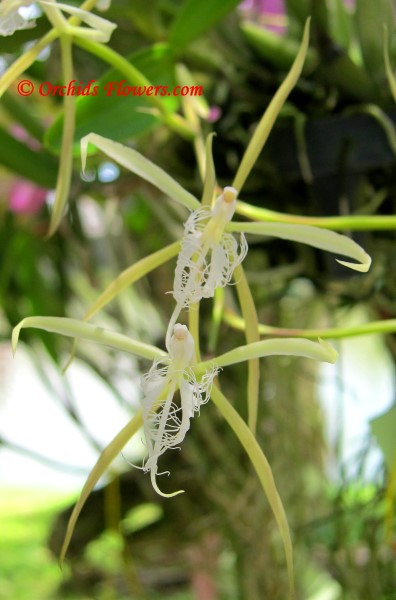 Epidendrum ciliare (Coilostylis ciliaris)
Epidendrum ciliare (Coilostylis ciliaris)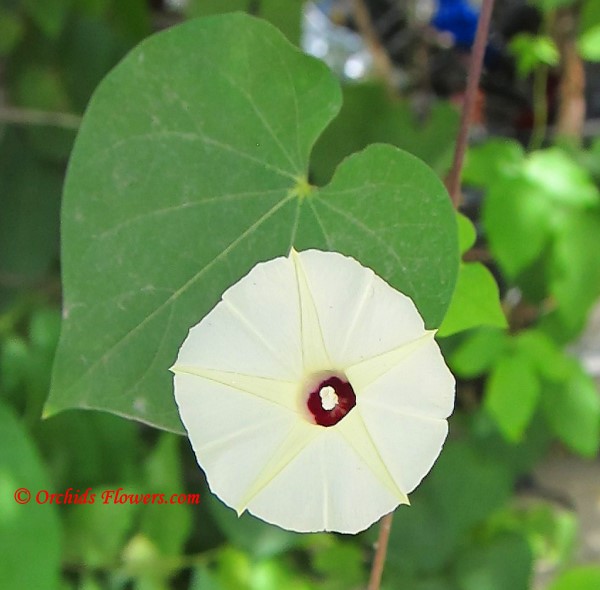 Man of the Earth (Ipomoea pandurata)
Man of the Earth (Ipomoea pandurata)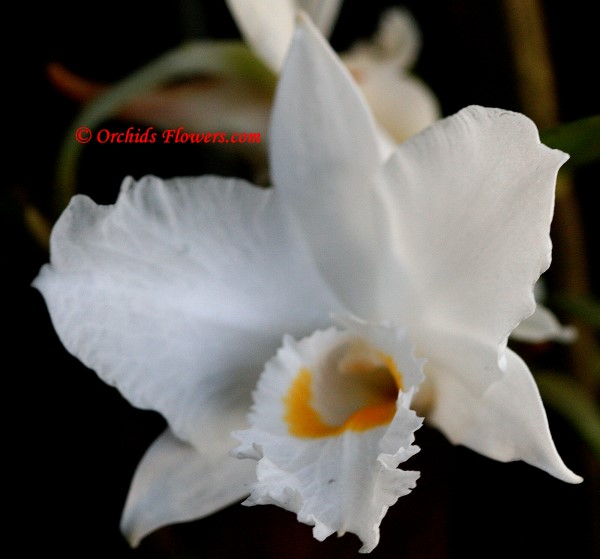 Dendrobium infundibulum Lindl.1859
Dendrobium infundibulum Lindl.1859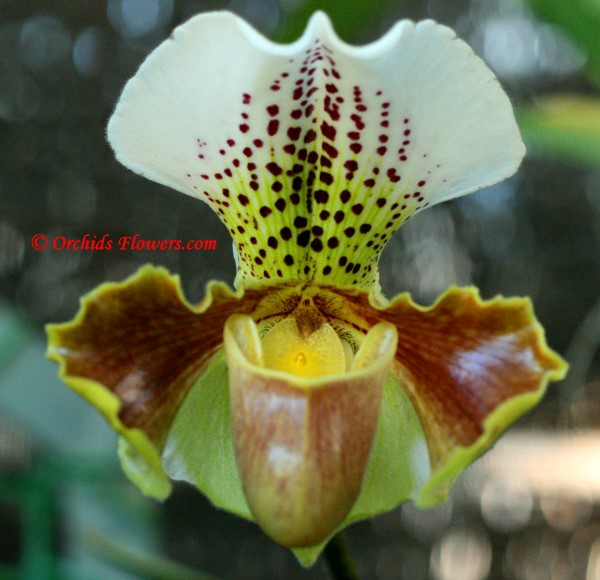 Paphiopedilum insigne
Paphiopedilum insigne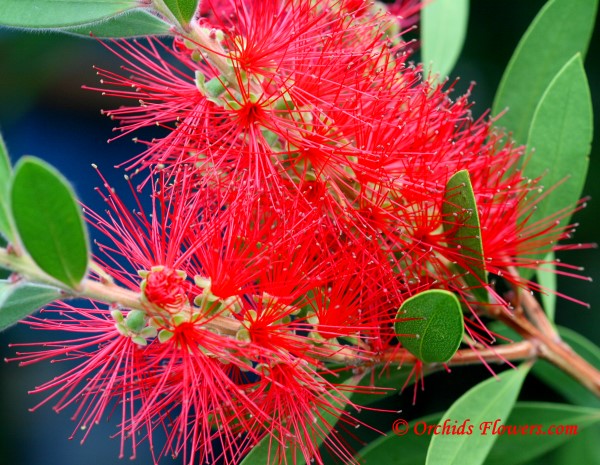 Crimson Bottlebrush (Callistemon citrinus)
Crimson Bottlebrush (Callistemon citrinus)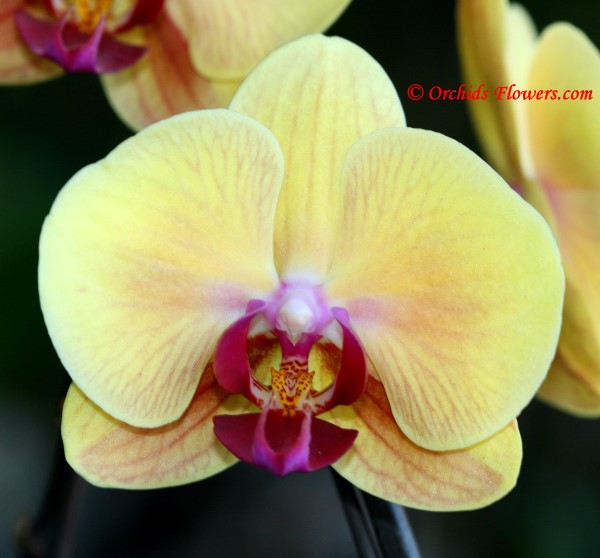 Phalaenopsis Golden Beauty
Phalaenopsis Golden Beauty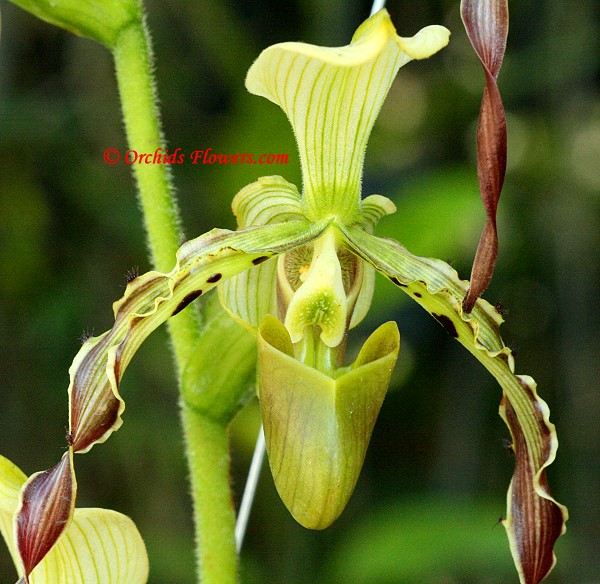 Paphiopedilum parishii
Paphiopedilum parishii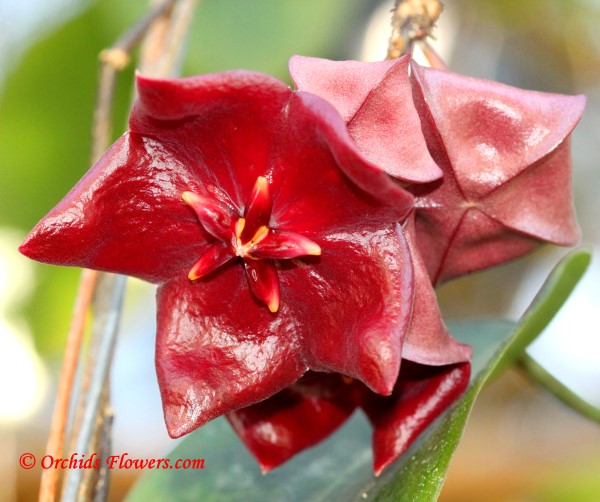 Hoya megalaster
Hoya megalaster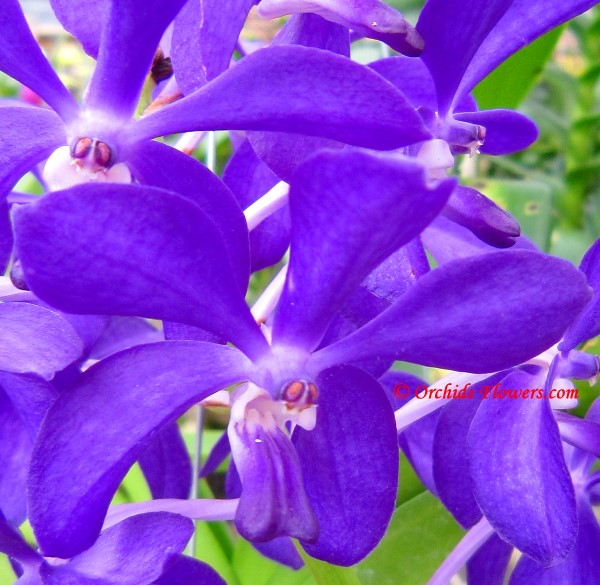 Vandachostylis Thai Sky
Vandachostylis Thai Sky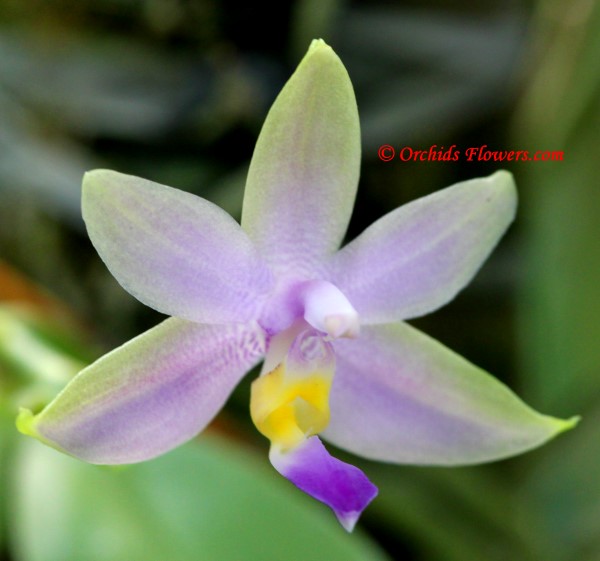 Phalaenopsis violacea fo. coerulea Christenson
Phalaenopsis violacea fo. coerulea Christenson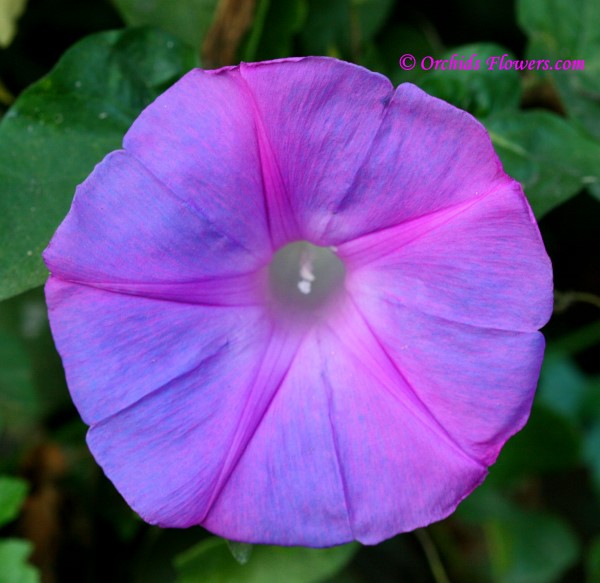 Oceanblue Morning Glory (Ipomoea indica)
Oceanblue Morning Glory (Ipomoea indica)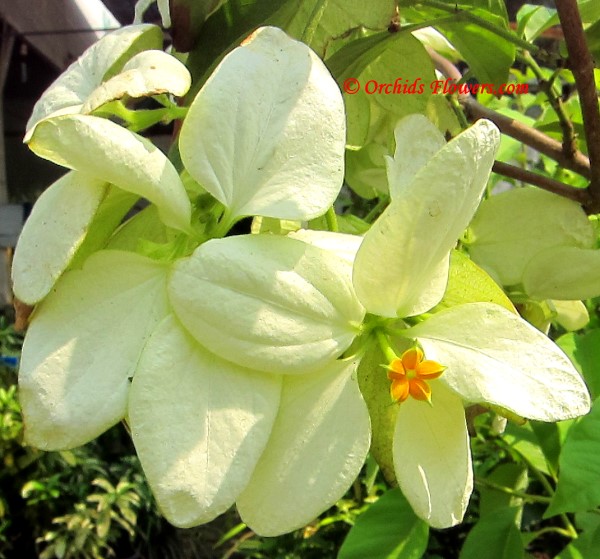 Buddha’s Lamp (Mussaenda philippica var. aurorae)
Buddha’s Lamp (Mussaenda philippica var. aurorae)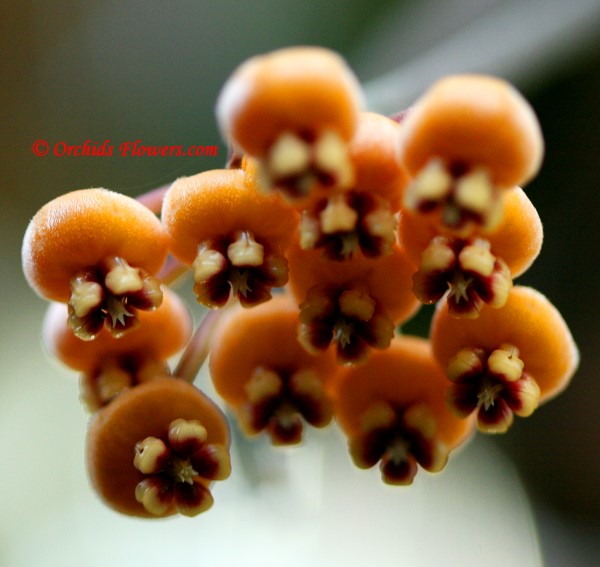 Hoya waymaniae Kloppenb.1995
Hoya waymaniae Kloppenb.1995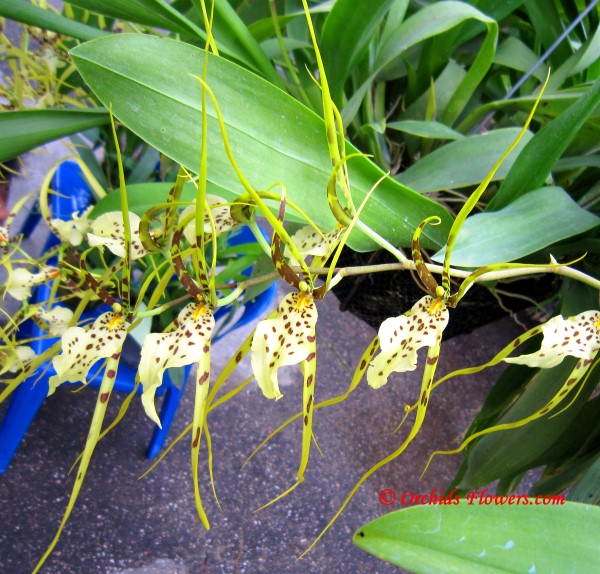 Brassia Eternal Wind “Summer Dream”
Brassia Eternal Wind “Summer Dream”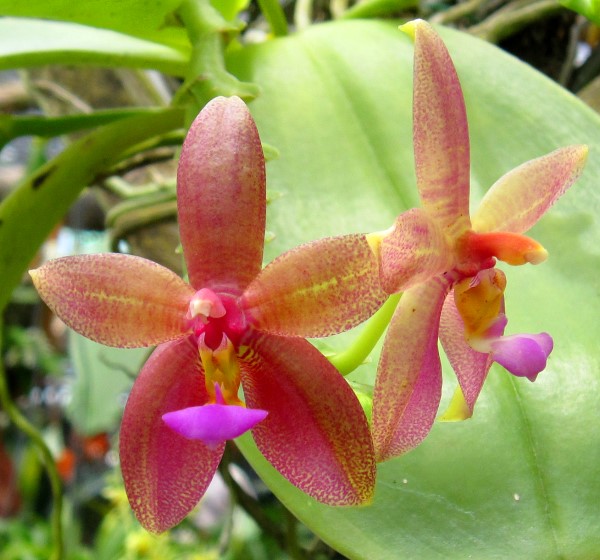 Phalaenopsis × valentinii
Phalaenopsis × valentinii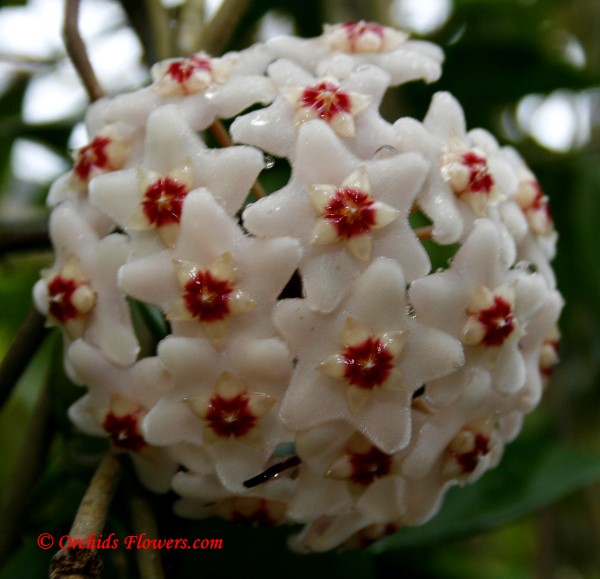 Hoya carnosa white
Hoya carnosa white Cattleya Tainan City
Cattleya Tainan City


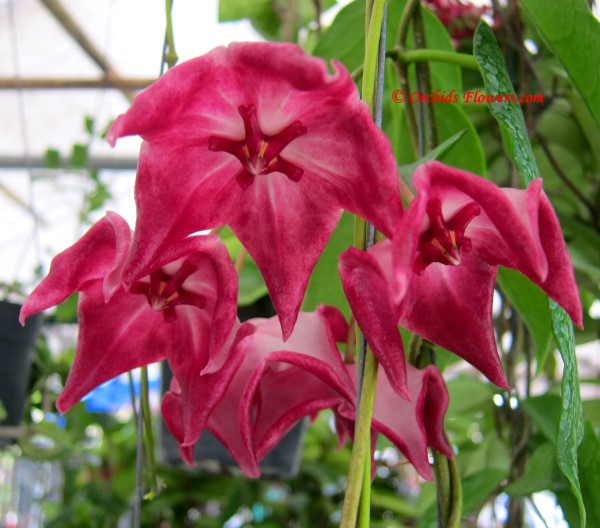 Hoya macgillivrayi F. M. Bailey 1914
Hoya macgillivrayi F. M. Bailey 1914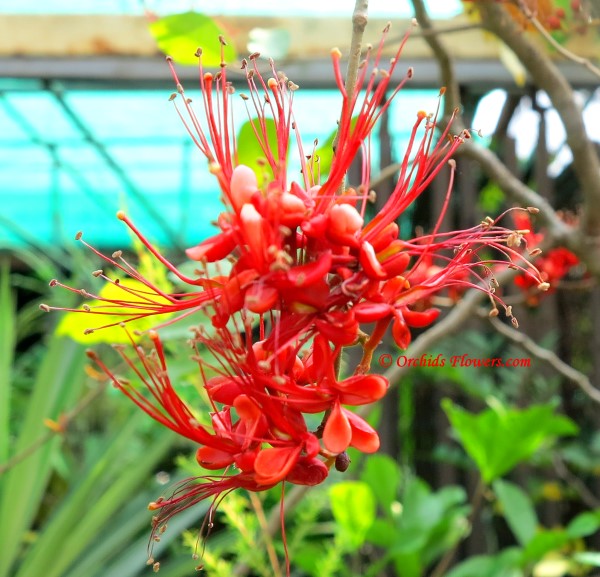 Monkey Flower Tree (Phyllocarpus septentrionalis)
Monkey Flower Tree (Phyllocarpus septentrionalis)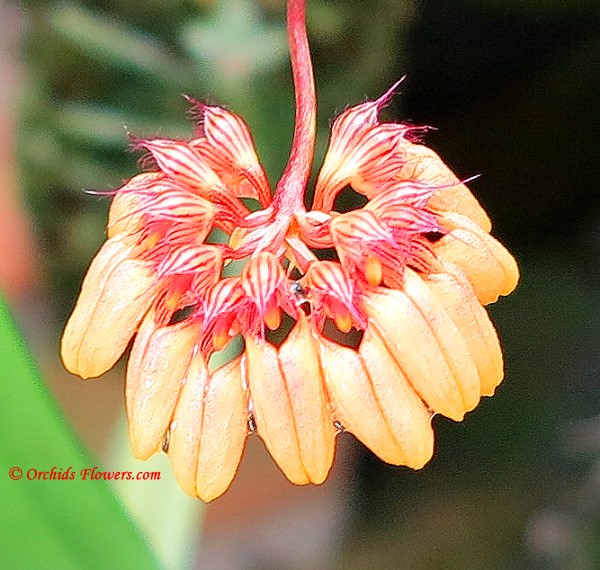 Bulbophyllum sikkimense (Cirrhopetalum sikkimense)
Bulbophyllum sikkimense (Cirrhopetalum sikkimense)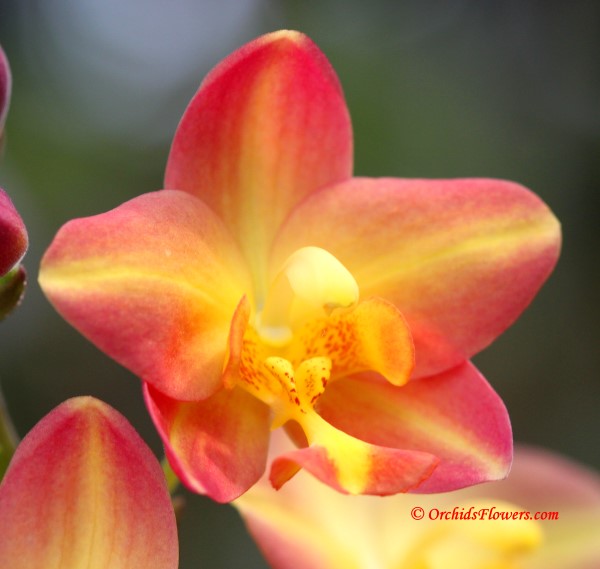 Spathoglottis Citrus Cooler Sorbet
Spathoglottis Citrus Cooler Sorbet
{ 0 comments… add one now }